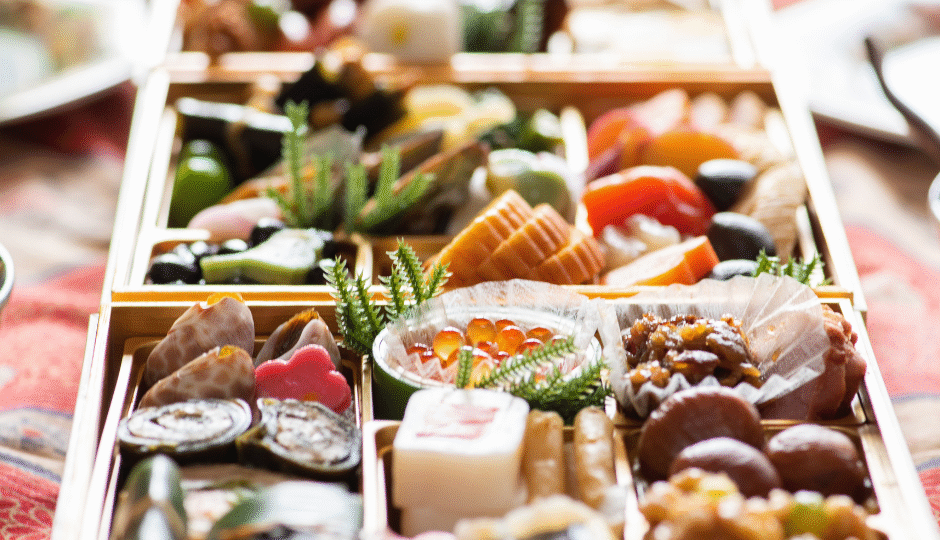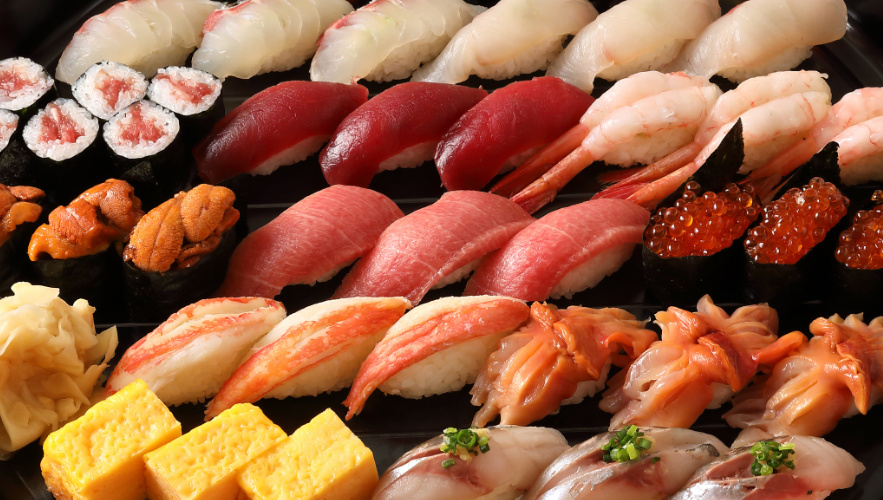When people think of Japan, they often imagine stunning blossoms, serene temples, and cutting-edge technology. But for many travelers, the country’s greatest treasure lies in its food. From Michelin-starred restaurants to tiny ramen shops tucked away in alleys, Japan is a paradise for anyone who loves to eat.
The truth is, Japanese cuisine changes dramatically with the seasons. Each time of year brings unique ingredients, special dishes, and traditional festivals that celebrate food in different ways. So if you’re planning a trip, it’s worth considering not only where to go, but when to go.
Here’s your complete guide to the best time to travel to Japan for food lovers, broken down by season – so you can eat your way through the country like a local.
Spring (March-May): A Feast of Freshness and Cherry Blossoms
Spring in Japan is famous for its cherry blossoms, but it’s also a time when ingredients awaken after winter. Farmers and fishermen bring the first fresh produce of the year to markets, and restaurants showcase delicate flavors that match the season’s gentle mood.
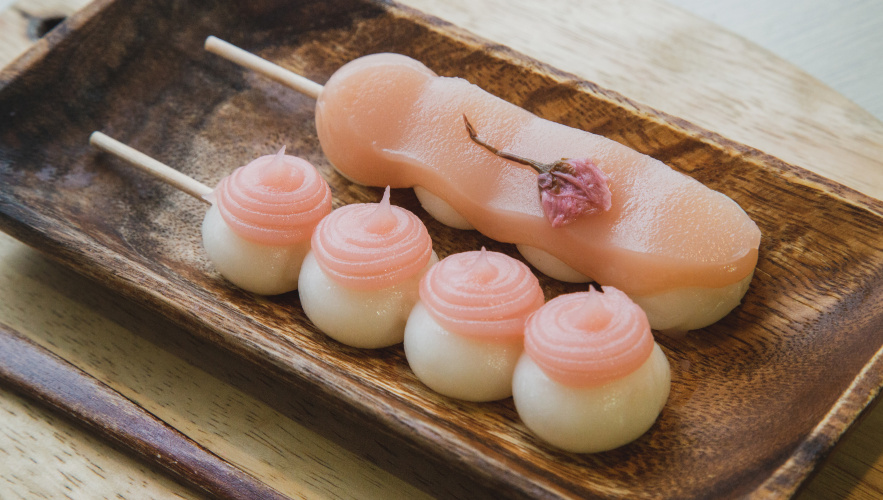
Seasonal Highlights
- Sakura Flavors: Cafes and bakeries release a flood of cherry blossom-themed sweets, including sakura mochi (sweet rice cake wrapped in salted cherry leaves), sakura lattes, and pastel pink pastries. These treats are often available for only a few weeks, making them extra special.
- Takenoko (Bamboo Shoots): Spring is bambo shoot season. Restaurants serve takenoko gohan, rice cooked with tender bamboo shoots and dashi broth, for a subtly earthy taste.
- Shincha (New Tea): In May, tea fields in places like Shizuoka and Uji harvest their first flush of green tea leaves. Visiting a tea plantation during this time offers the chance to taste the freshest, sweetest green tea of the year.
- Seafood: Spring brings sawara (Spanish mackerel) and clams, both of which are celebrated in seasonal dishes.

Where to Eat
- Tokyo & Kyoto: Michelin-star restaurants feature elaborate kaiseki (seasonal multi-course meals) showcasing delicate spring flavors.
- Uji (Kyoto Prefecture): Join a tea-picking experience and taste freshly brewed shincha.
- Street Food at Cherry Blossom Spots: Stroll through parks like Ueno or Maruyama, where stalls sell grilled squid, yakitori, taiyaki, and sakura snacks beneath blooming trees.
Travel Tip
Spring is one of the busiest travel seasons. Book restaurants, tea experiences, and accommodations well in advance-especially around late March and early April.
Summer (June-August): Feativals, Fireworks, and Refreshing Eats
Japan’s summer is hot and humid, but it’s also bursting with vibrant street food, lively festivals, and cold refreshing dishes designed to beat the heat. This is the season when eating outdoors is part of the fun.
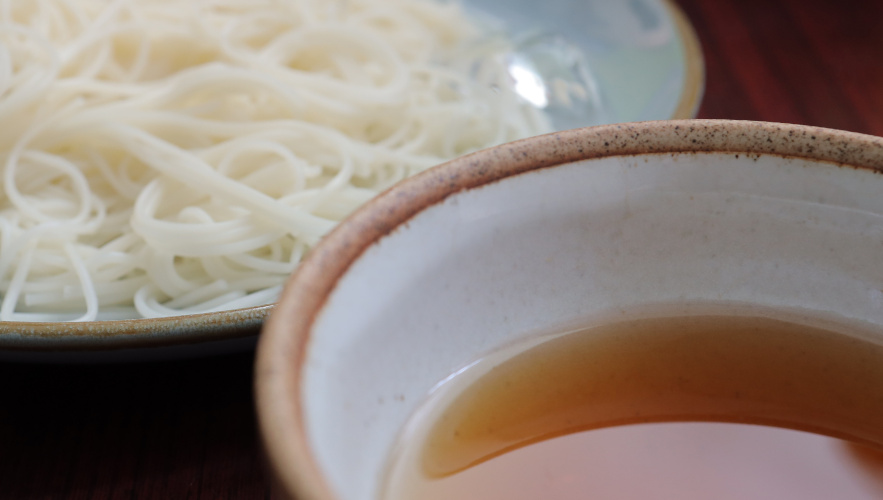
Seasonal Highlights
- Festival Street Food (Matsuri Eats): Visit a summer matsuri and you’ll find rows of colorful food stalls selling classics like yakisoba (fried noodles), okonomiyaki (savory pancakes), takoyaki (octopus balls), grilled corn, shaved ice (kakigori), and chocolate-dipped bananas.
- Eel (Unagi):Late July marks Doyo no Ushi no Hi, a special day when people traditionally eat grilled eel to gain strength for the hottest part of the year. Unagi is smoky, rich, and glazed with a sweet soy-based sauce.
- Cold Noodles: Dishes like somen (thin wheat noodles served in chilled broth), zaru soba (cold buckwheat noodles with dipping sauce), and hiyashi chuka (cold ramen topped with egg, cucumber, and ham) are summer staples.
- Seasonal Fruits: Japanese melons, peaches, cherries, and grapes are incredibly sweet and beautifully presented – often given as luxury gifts.
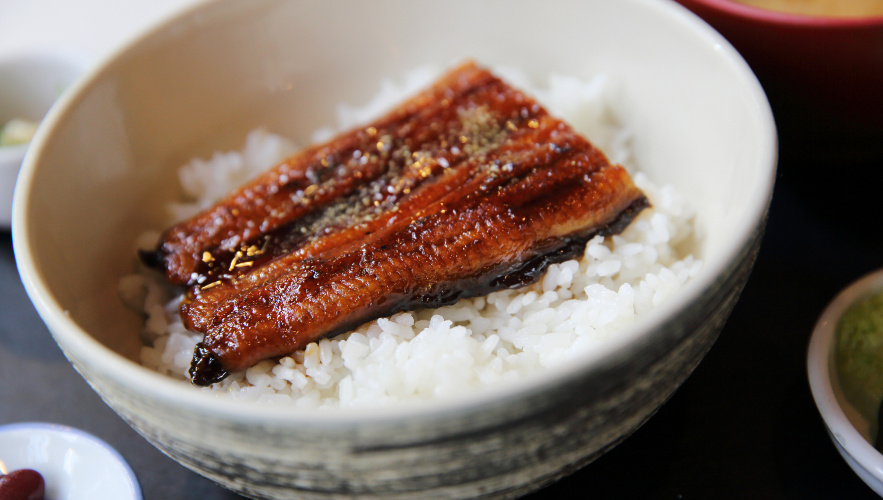
Where to Eat
- Osaka: Known as “Japan’s kitchen,” Osaka’s summer street food scene is unbeatable. Don’t miss Dotonbori for takoyaki and okonomiyaki.
- Kyoto’s Kawadoko Dining: Restaurants along the Kamogawa River set up wooden platforms over the water, allowing diners to enjoy cool breezes and seasonal dishes while overlooking the stream.
- Rural Matsuri: Smaller towns often host intimate festivals with homemade local specialties.
Travel Tip
Summer festivals are great way to eat like a local. Bring cash, as most stalls don’t accept cards, and arrive early in the evening before crowds build up.
Autumn (September-November): The Season of Abundance
Autumn is often considered the best time to travel to Japan for food lovers. Known as “shokuyoku no aki”, or “autumn, the season of appetite,” this time of year brings cooler temperatures, vibrant foliage and the richest array of seasonal ingredients.
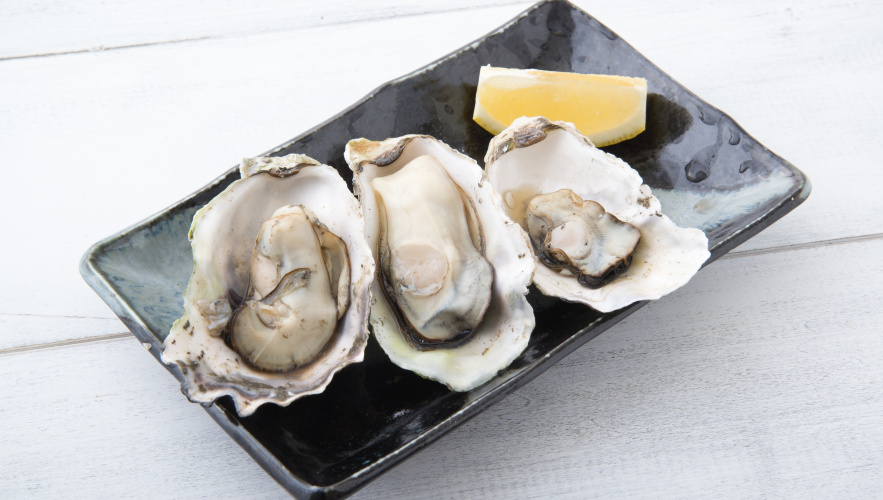
Seasonal Highlights
- Matsutake Mushrooms: These fragrant mushrooms are one of Japan’s most prized autumn delicacies. They’re often grilled simply or added to rice dishes to highlight their aroma.
- Sanma (Pacific Saury): Autumn is sanma season. Grilled sanma with grated daikon and a squeeze of citruso is a simple but beloved dish.
- Kuri (Chestnuts): From chestnut rice to sweets like kuri manju (chestnut-filled buns), chestnuts are everywhere.
- Kabocha (Pumpkin) and Sweet Potatoes: Comforting, naturally sweet ingredients that appear in soups, tempura, and desserts.
- Seasonal Sake: Breweries release hiyaoroshi, a special type of sake matured over summer, offering a smooth, deep flavor perfect for cooler weather.
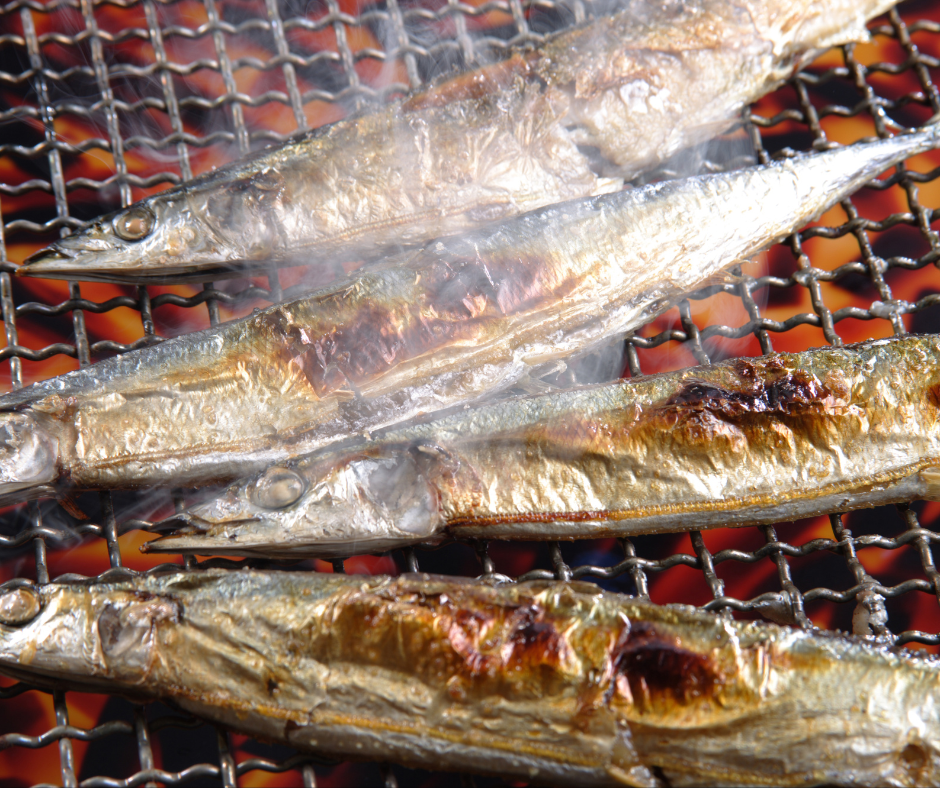
Where to Eat
- Kyoto: Experience kaiseki meals that celebrate autumn’s earthy flavors. Many temples host illumination events where you can enjoy seasonal sweets while viewing autumn foliage.
- Tohoku Region: Famous for wild mushrooms, rice harvest festivals, and local sake breweries.
- Nikko & Hakone: Enjoy hot springs followed by hearty meals featuring mountain vegetables.
Travel Tip
Autumn food festivals are common across the country. Look out for local harvest events where you can taste regional specialties at their freshest.
Winter (December-February): Comfort Food and Hot Springs
Winter in Japan is cold, but it’s also the perfect time for rich, warming dishes and fresh seafood. Snowy landscapes and steaming hot pots make winter food experiences incredibly memorable.
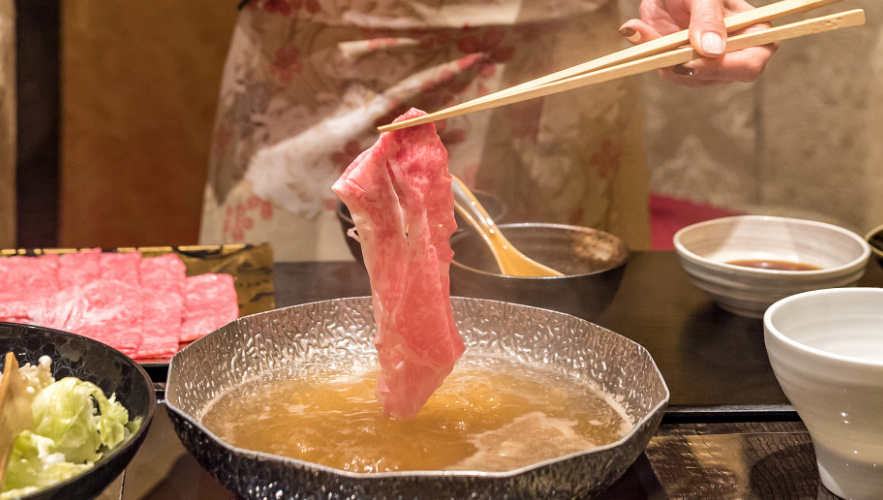
Seasonal Highlights
- Nabe (Hot Pot): A shared pot of simmering broth filled with meat, seafood, tofu, and vegetables. Variations include sukiyaki (sweet soy broth with beef), shabu-shabu (light broth with thinly sliced meat), and regional specialties like Hokkaido’s ishikari nabe with salmon and miso.
- Oden: A popular winter street food, oden is a simmering broth filled with daikon radish, boiled eggs, fish cakes, and tofu. It’s sold in convenience stores and specialty shops.
- Crab Season: December to February is crab season, especially in Hokuriku and Hokkaido. Snow crab and king crab are served grilledm, boiled, or as sashimi.
- Fugu (Pufferfish): A winter delicacy prepared by licensed chefs. It’s served as sashimi, hot pot, or fried.
- Strawberries: Japan’s winter strawberries are unbelievably sweet and often appear in Christmas cakes and desserts.
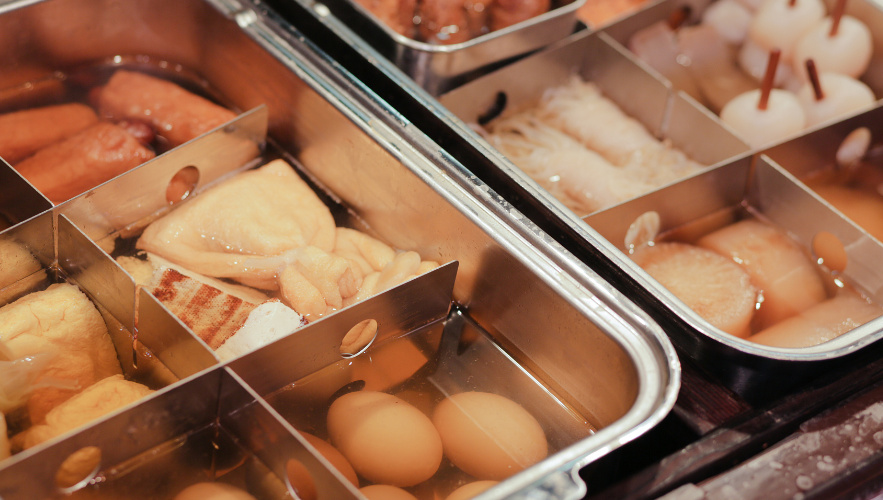
Where to Eat
- Hokkaido: Known for its seafood markets, like Sapporo’s Nijo Market, where you can enjoy freshly grilled crab on the spot.
- Kanazawa: Famous for snow crab and winter seafood dishes.
- Onsen Towns: After a hot spring bath, sit down to a kaiseki dinner featuring hearty winter ingredients.
Travel Tip
Winter is a great time for foodies who prefer fewer crowds and lower prices. Avoid the New Year holiday week when many restaurants close, but otherwise, this is a cozy and delicious season to visit.
Regional Specialties to Explore Year-Round
No matter when you visit, some dishes are worth traveling for:
- Hokkaido – Dairy, seafood, miso ramen
- Tokyo – Sushi, tempura, wagashi (traditional sweets)
- Osaka – Takoyaki, okonomiyaki, kushikatsu (deep-fried skewers)
- Kyoto – Kaiseki, matcha sweets, tofu dishes
- Fukuoka – Tonkotsu ramen
- Okinawa – Tropical fruits, goya champuru (stir-fried bitter melon), Okinawa soba
Best Time to Travel to Japan for Different Food Experiences
| Interest | Best Season |
| Cherry blossom snacks & light spring flavors | March – April |
| Street food & summer festivals | July – August |
| Harvest season & rich flavors | September – November |
| Seafood, hot pots & comfort food | December – February |
Final Thoughts
Japanese cuisine is inseparable from its seasons. Rather than offering the same dishes year-round, Japan celebrates the natural rhythm of ingredients, making each visit unique.
Whether you’re enjoying sakura sweets under blooming cherry trees, sipping chilled sake at a summer festival, savoring matsutake mushrooms in autumn, or warming your hands over a bubbling hot pot in winter, every season tells a different culinary story.
So when you’re deciding on the best time to travel to Japan, think with your taste buds. Plan your trip around seasonal food, and you’ll experience the country the way locals do-one delicious bite at a time.
Click below to start creating a trip that matches your favorite season!

